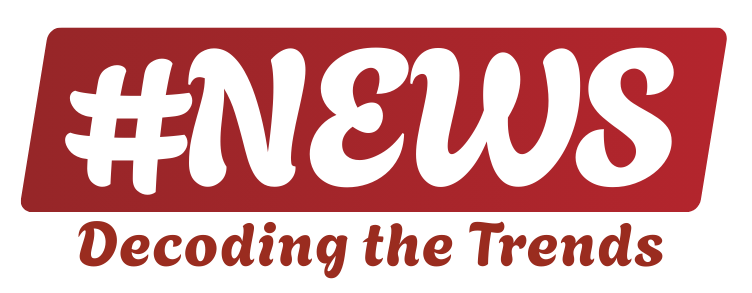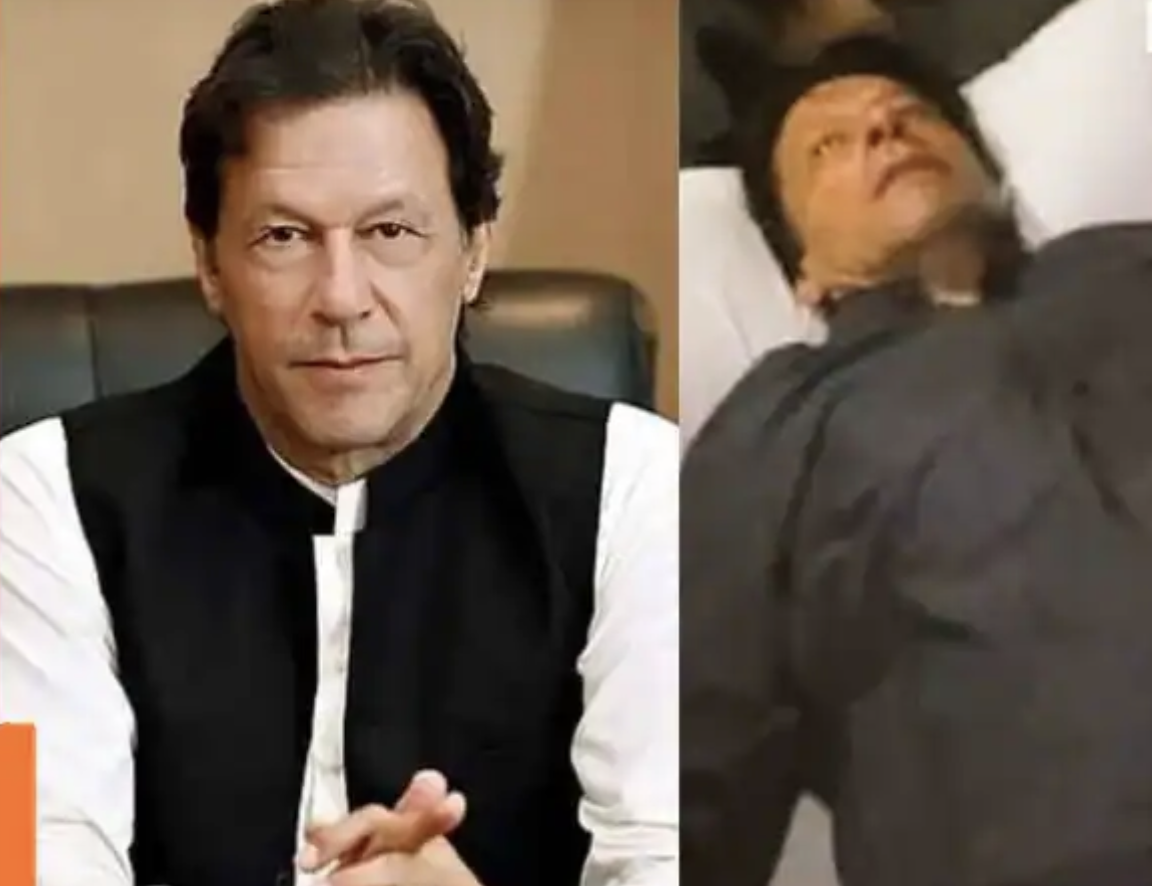

New US H-1B Fee of $100K Hits Indian Talent and Global Hiring
In a major clarification that has eased immediate fears among Indian tech workers, the United States has confirmed that the new $100,000 H-1B visa fee will apply only to fresh applications. Current visa holders, including those temporarily outside the country, are exempt. The announcement comes just days after President Donald Trump signed a sweeping executive order titled “Restriction on Entry of Certain Nonimmigrant Workers.”
Speaking to ANI, a senior US official clarified, “Those who are visiting or leaving the country don’t need to rush back before Sunday. The $100,000 fee is only for new applicants—not for current existing holders.” This statement aims to calm panic triggered by the order, which many assumed would affect re-entry or renewals.
While the clarification provides short-term relief, the long-term implications for Indian talent, the US job market, and bilateral economic ties remain serious. As of 2024, Indian nationals accounted for nearly 72% of all H-1B visa holders, with over 500,000 professionals working in the US. These workers contribute heavily to sectors like IT, healthcare, and engineering, and sent home $35 billion in remittances from the US last year alone. modi-trump-visa-hurdles-criticised/
The $100K H-1B visa fee, has come into effect from 12:01 am on September 21, 2025, marks a drastic increasefrom the current processing cost of $6,000–$10,000 per petition. The burden now shifts heavily to new applicants and sponsoring employers, many of whom may reconsider hiring from abroad.
For young Indian professionals—particularly recent graduates—the new cost is a huge deterrent. Entry-level H-1B workers, often earning between $60,000 to $80,000 annually, will now come at a premium that few companies outside the tech giants may be willing to pay. This move could effectively shrink global opportunities for Indian talent while forcing US companies to outsource roles overseas to cut costs.
So, why is Trump doing this?
According to senior Republican aides, this is part of Trump’s broader “America First” agenda, which has resurfaced strongly in his re-election campaign. His administration argues that the H-1B program has been abused, with companies allegedly using it to import cheap labor at the expense of American workers. The new $100,000 fee, they claim, will “disincentivize mass hiring from abroad” and push companies to hire locally.
However, critics argue that the move is more political than practical. Unemployment in the US tech sector remains historically low, and American companies continue to face shortages of highly skilled workers. By drastically raising visa fees, Trump is signaling his base that he is tough on immigration—even high-skilled immigration—just ahead of a polarizing election.
While existing H-1B visa holders can breathe easy for now, this policy shift sets a precedent that may fundamentally alter India’s tech migration strategy, damage US-India business ties, and disrupt the global skilled labor ecosystem. Countries like Canada, Australia, and the UK—which are actively welcoming Indian talent—may emerge as the new go-to destinations for skilled migration.
As of now, the new US H-1B visa fee of $100K remains a policy targeted at fresh applications. But the message is clear: entering the American job market is about to become harder, costlier, and more politically charged than ever before.

A seasoned journalist with over 30 years of rich and diverse experience in print and electronic media, Prabha’s professional stints include working with Sahara English Magazine, Pioneer and JAIN TV and All India Radio. She has also been writing in Pioneer. She has also produced several documentary films through her self-owned production house Gajpati Communications. She is also the Station Director of Aligarh-based FM Radio Station, and the General Secretary of WADA NGO.









